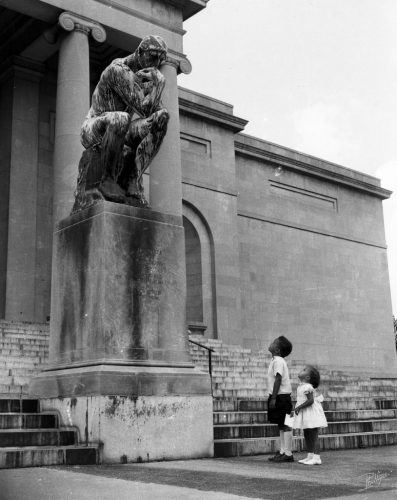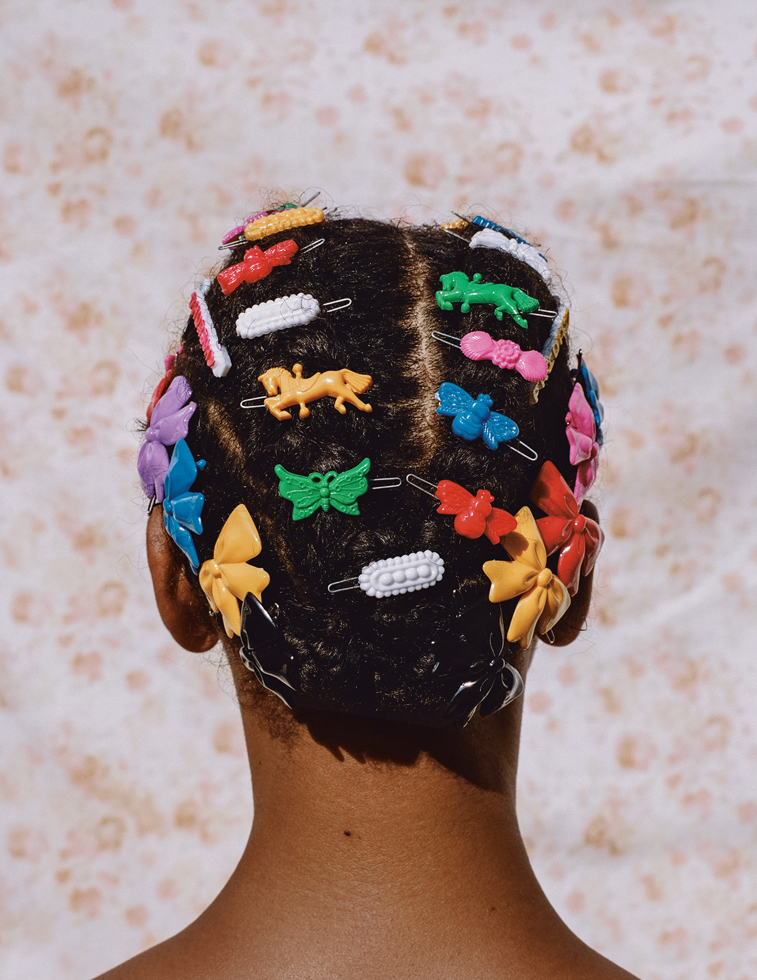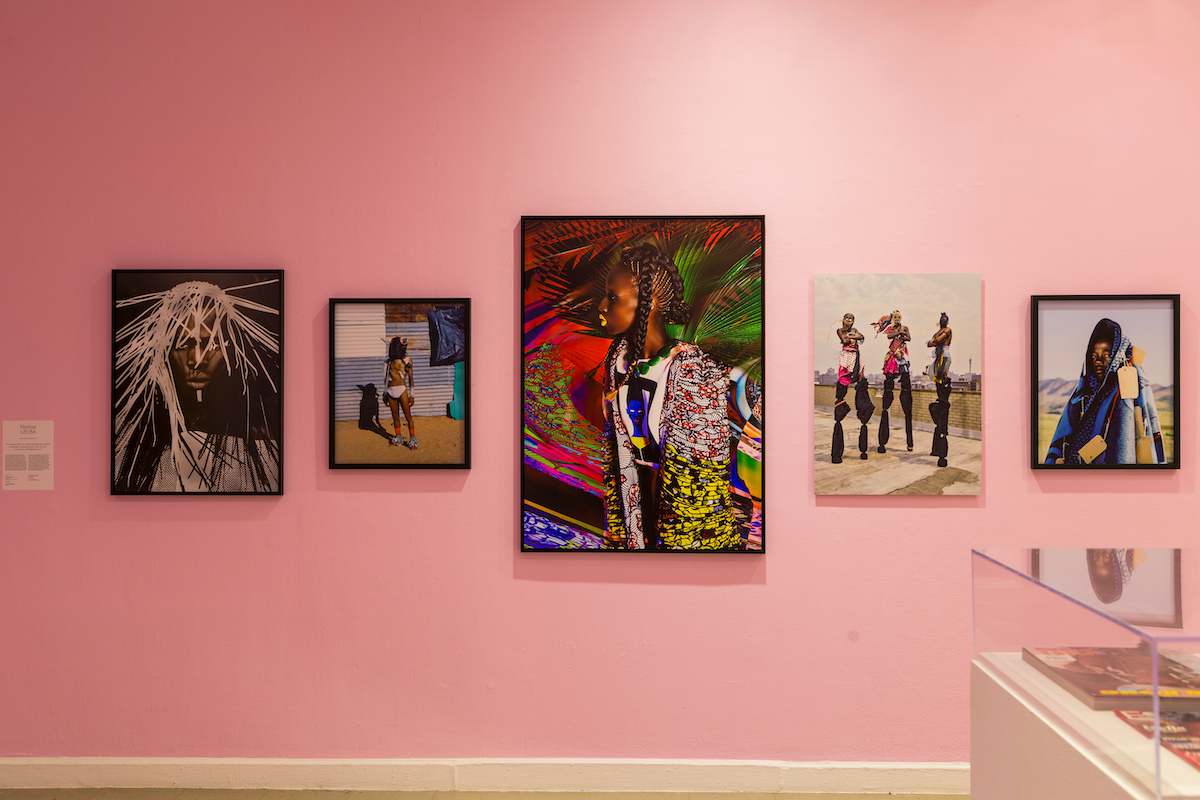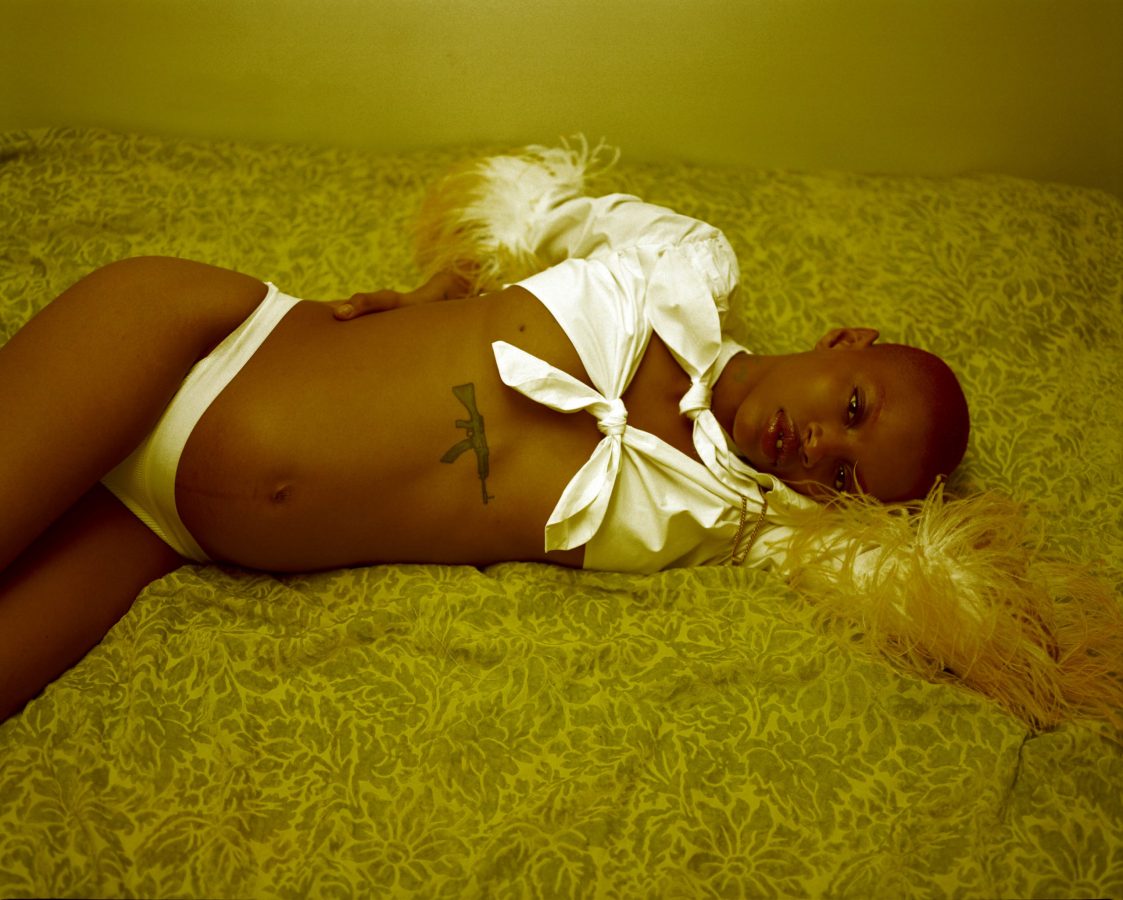Black fashion is Black art. Hervé Kwimo uses collage as part of his creative process as the design director of Conde Nast. Lorna Simpson photographed Rihanna and transformed her image into collaged and embodied Black art in Essence Magazine. And when designer Kerby Jean-Raymond debuted Pyer Moss’s couture collection full of looks inspired by Black inventors during Paris Haute Couture Week this summer, he became the first Black American designer to do so.
Images from writer and curator Antwaun Sargent’s book, The New Black Vanguard: Photography Between Art and Fashion, flooded every one of my social media timelines a few years ago. When the book was published by Aperture, a few of the photographers it featured were readily recognizable. “That moment when the book was published in 2019 was a nascent movement of young, emerging photographers working around the world, who were thinking about the notions of representation and desire through photography,” Sargent says.
In their work, this cohort of photographers apply the fine-art idioms of landscape, portraiture, and still life to fashion photography, Sargent says, a tendency that’s attributable to the ubiquity of the medium in “a world where picture-making had evolved to be something that we all had access to.” Social media platforms (particularly Tumblr, Twitter, and Instagram) have “made us all think about images in our daily lives.”
Sargent felt compelled to write the New Black Vanguard book because he noticed art-world conversations about contemporary photography often excluded Black photographers’ voices and work, even while the world was inundated with images of their artwork online. Sargent wanted to reroute the conversation to draw attention to the burgeoning movement of Black contemporary photographers working across the fine art and fashion worlds. “Historically, that has just always been the case of Black art, that you have this thing that is happening, and it’s just being willfully ignored,” Sargent says. “I wanted to do this project because I wanted to make sure that we were taking seriously the concerns of the next generation of image-makers.”















